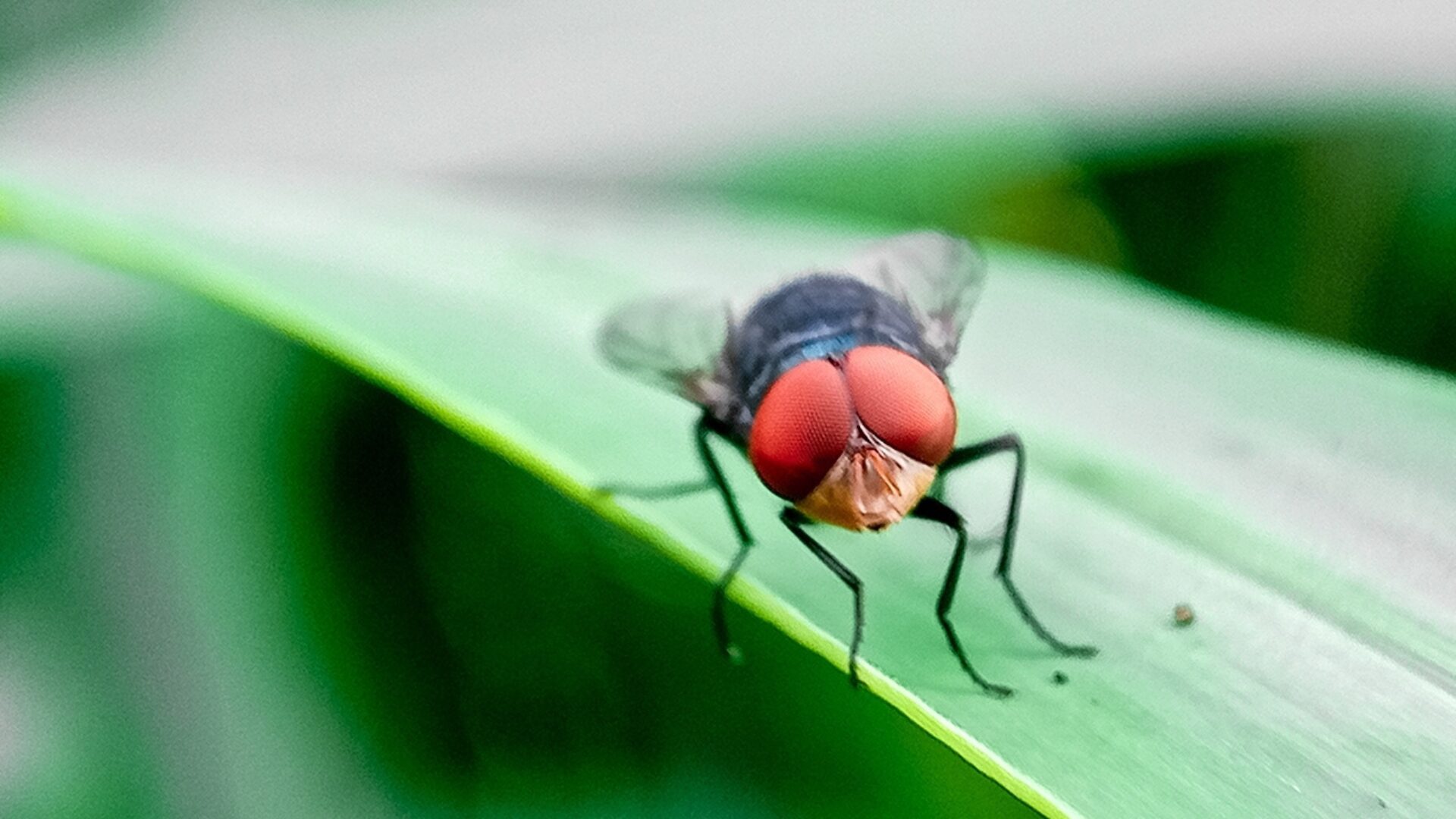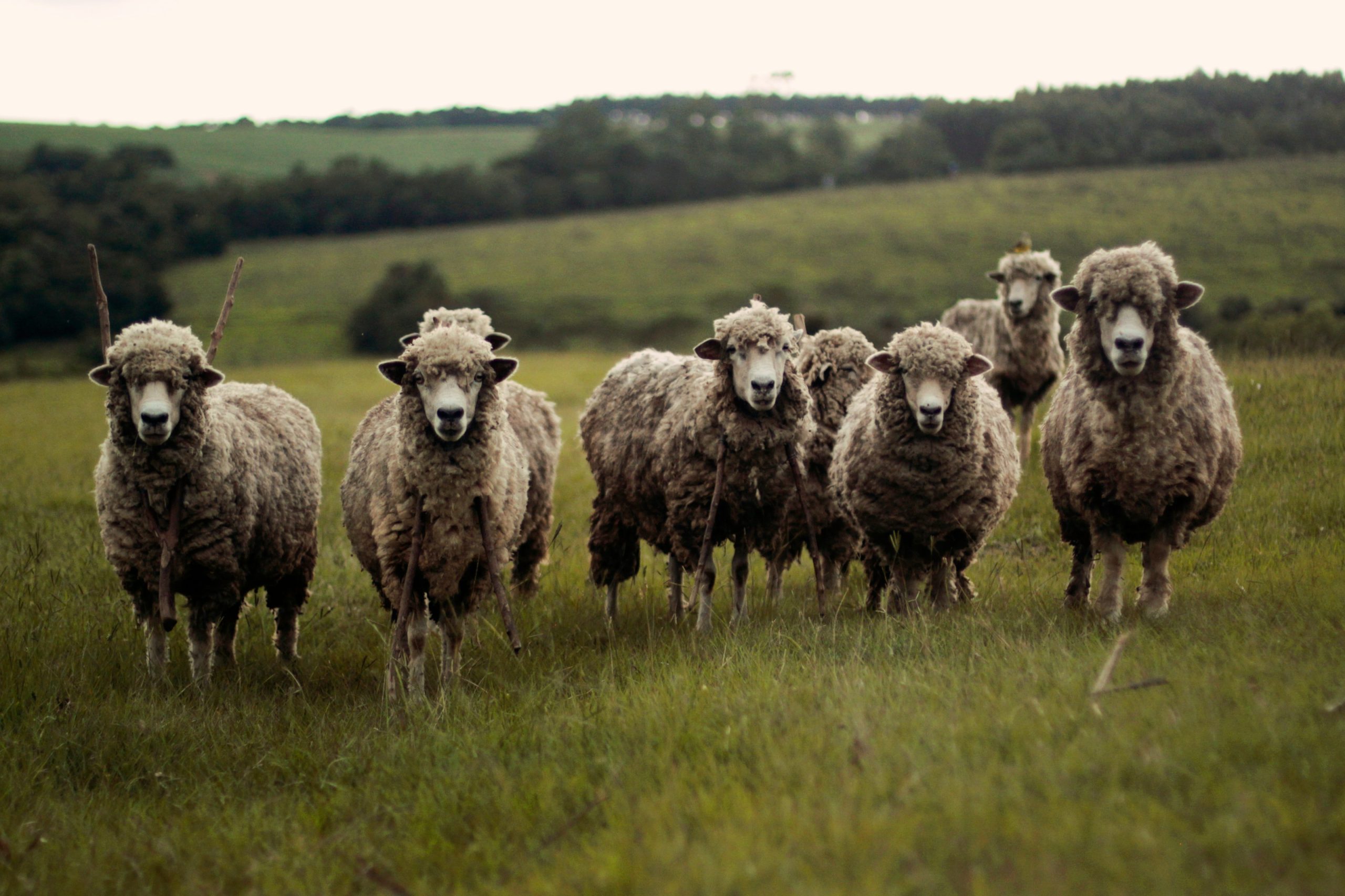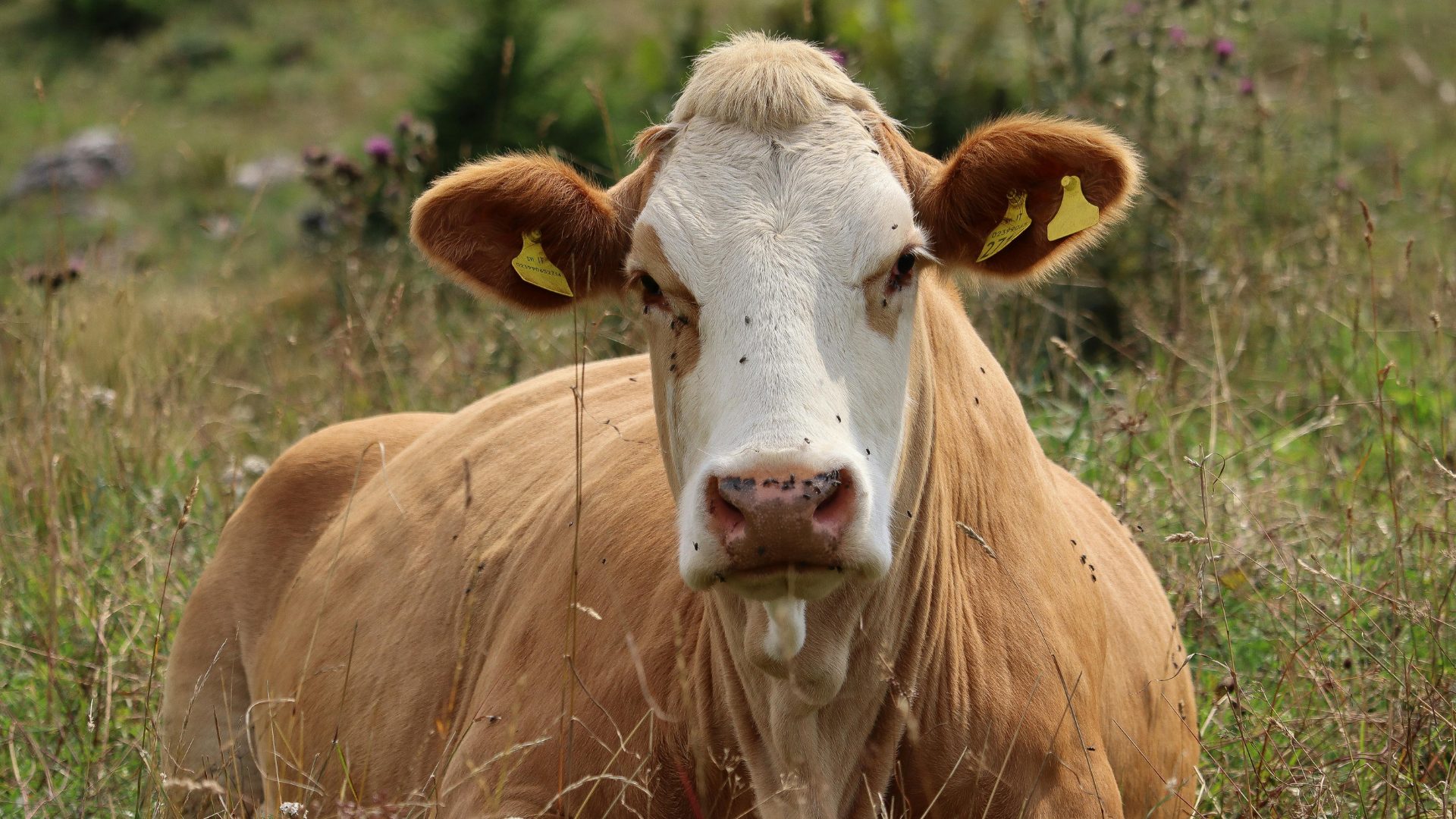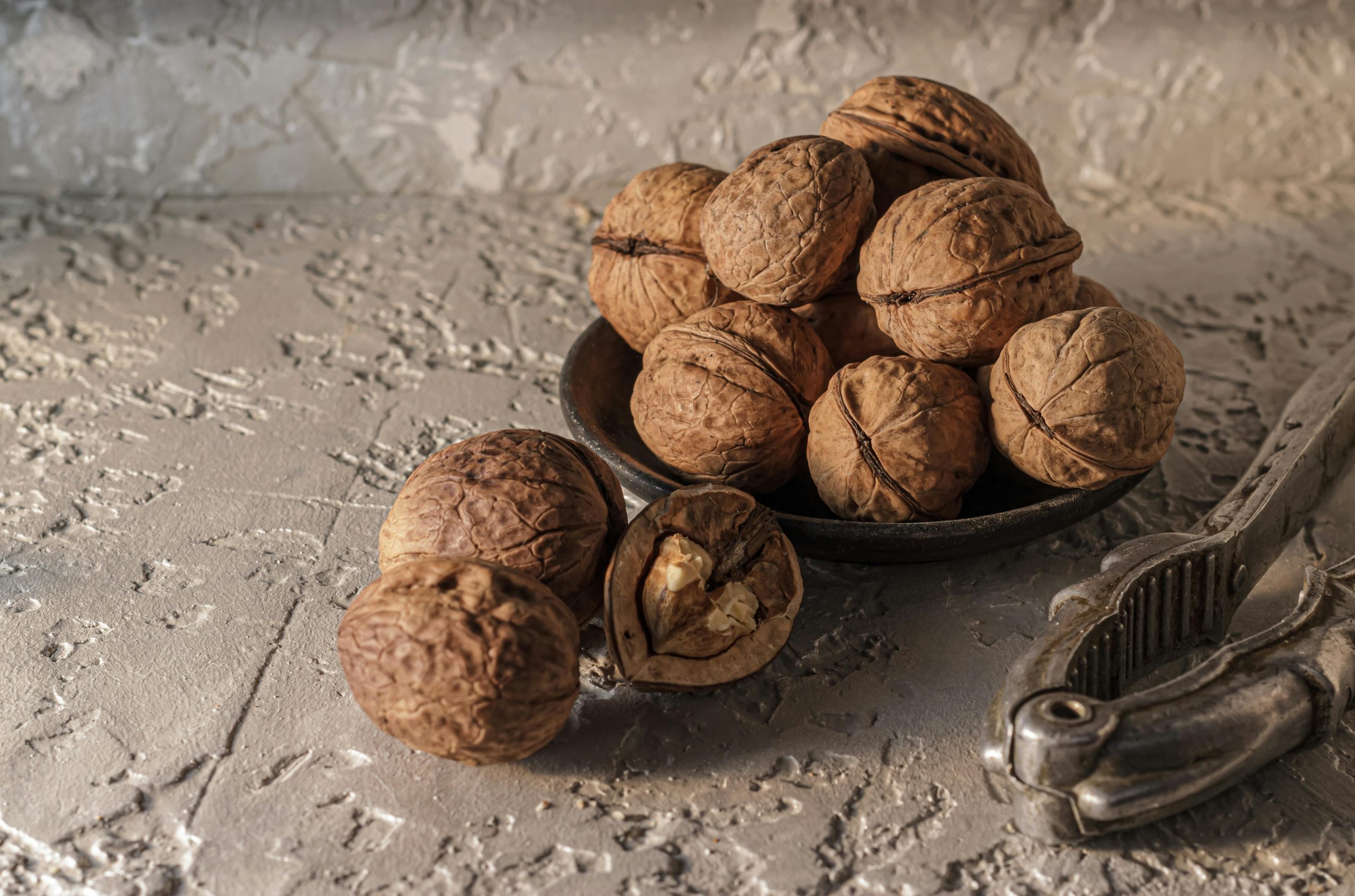The New World screwworm, a flesh-eating parasite that has re-emerged in Central America and Mexico, has been detected in a Maryland man who traveled to that region, the Department of Health and Human Services confirmed to Reuters.
The case was confirmed following an investigation by the Centers for Disease Control and Prevention and the Maryland Department of Health.
The pest poses a major threat to the cattle industry. Here’s what you need to know:
1. What is the New World screwworm?
The New World screwworm is the larval stage of a blow fly species, Cochliomyia hominivorax, that lays far more eggs and is more destructive than its Old World cousins. The larvae are shaped like screws and burrow into flesh, creating gaping wounds in living tissue, unlike other maggots, which feed on dead flesh.
The burrowing action can cause severe damage and lead to death.
The pest has been detected in Belize, Costa Rica, El Salvador, Guatemala, Honduras, Mexico, Nicaragua and Panama. It is endemic in South America, Cuba, Haiti and the Dominican Republic.
2. What are the risks to humans?
“For people, the threat is not really big – it doesn’t spread person to person,” Nicole Carpenter, a pest control professional and president at Black Pest Prevention, told The Food Institute. “The fly has to lay eggs in a fresh wound, but people don’t usually have untreated wounds exposed for long. Even in case of an infestation, once the larvae are removed and the wound is cleaned, that’s the end of it.”
To keep from developing a serious or fatal case, Carpenter said an infected person needs to keep the wounds clean and head to the doctor if something looks wrong.
“Even a tiny scratch. Same with animals – check cuts, treat them early. The larvae love open wounds, so the sooner you deal with it, the better,” Carpenter said.
3. Which animals are at risk?
“The parasite’s capacity to devastate the cattle industry cannot be overstated. Screwworm infestations in livestock lead to immense suffering, rapid herd losses, and billions in potential economic damage if not swiftly contained,” said Dr. Tyler B. Evans, CEO of Wellness Equity Alliance, a national alliance of public health clinicians.
“This is not just an agricultural issue – it’s a food security issue that affects every American.”
Calling the first human case a “wakeup call,” Evans likened the situation to the spread of mad cow disease and avian flu.
“We’ve seen this before,” he said, adding, “The message is clear: Vigilance and speed are our strongest defenses.”
The screwworms also can attack pets, wildlife, and, occasionally, birds. Human incidents are rare.
4. What’s the government doing to protect the U.S.?
The Agriculture Department and health authorities are working together to develop drugs for prevention and treatment, while the EPA and Department of Energy are developing new technologies for pest control, a USDA press release said. U.S. Customs and Border Patrol and the CDC are working on detecting, preventing and managing potential human cases.
On a broader scale, the USDA is investing as much as $100 million in research to speed the production of sterile flies to mate with egg-laying females. A sterile fly production facility is to be built in Edinburg, Texas, to produce 300 million sterile males per week.
Certain livestock imports have been suspended from Mexico. The Department of Health and Human Services issued a declaration allowing the FDA to issue emergency use authorizations for animal drugs for treatment of livestock and other animals.
5. When was the last U.S. outbreak?
The last U.S. outbreak was in 2016-17 in the Florida Keys, affecting deer on Big Pine Key. Sterile flies brought an end to the outbreak.
The New World screwworm has been known in the U.S. since at least 1842 and was first documented as a major problem in 1933 in the Southeast, the USDA Animal and Health Inspection Service said.
Virtual eradication was achieved in 1966 and a barrier zone developed along the southern border. Small outbreaks originating from Mexico have recurred in the Southwest since then.
The Food Institute Podcast
How will the One Big Beautiful Bill Act (OBBBA) impact your food business? Unraveling the implications of new legislation is never easy, but Patrick O’Reilly and Jeff Pera of CBIZ explain how provisions of the bill related to no tax on tips, depreciation and expensing of capital purchases, and research and development will impact the industry.











